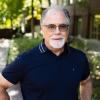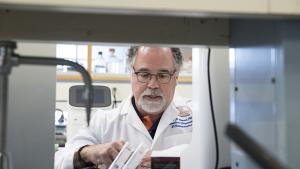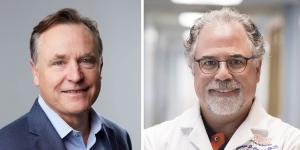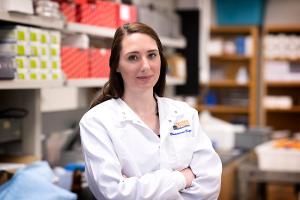George Joseph Christ, Ph.D.

About
Dr. Christ develops basic and translational tissue engineering and regenerative medicine approaches to organ and tissue repair, reconstruction and replacement, with a focus on the musculoskeletal system, vasculature and lower urinary tract. Dr. Christ is an internationally recognized expert in muscle physiology. He is the Past Chairman of the Division of Systems and Integrative Pharmacology of the American Society of Pharmacology and Experimental Therapeutics (ASPET), and Past President of the North Carolina Tissue Engineering and Regenerative Medicine (NCTERM) group. He was inducted into AIMBE in 2017. He currently serves on the Executive Committee of the Division for Integrative Systems, Translational and Clinical Pharmacology of ASPET. He is also on the Editorial Board of five journals and is an ad-hoc reviewer for 2 dozen others.
Dr. Christ has authored more than 215 scientific publications and is co-editor of a book on integrative smooth muscle physiology and another on regenerative pharmacology. Dr. Christ has served on both national and international committees related to his expertise in muscle physiology, and on NIH study sections in the NIDDK, NICHD, NCRR, NAIAD, and NHLBI. He has chaired working groups for both the NIH and the World Health Organization.
Dr. Christ is a co-inventor on more than 26 patents (national and international) that are either issued or pending, related to gene therapy for the treatment of human smooth muscle disorders and tissue engineering technologies. Dr. Christ has also been the driving scientific force behind the preclinical studies and IND approvals supporting three Phase I clinical trials for gene therapy for benign human smooth muscle disorders. This technology has been evaluated in 55 patients in the US and 21 overseas. He is also spearheading the multi-institutional development of a tissue engineered muscle repair (TEMR) technology platform for the treatment of Wounded Warriors. An IND submission for a 5 patient first-in-man pilot study is anticipated in 2017 to further develop this technology platform for treatment of cleft lip. That study is funded by DOD and will be conducted at UT-Houston. Another 5 patient pilot study has also been funded by DOD to evaluate a proprietary hydrogel for the treatment of lower extremity volumetric muscle loss injuries to the tibialis anterior muscle at UVA. An IDE application for that indication is also anticipated in 2017 in collaboration with Keranetics LLC (W-S, NC).
Education
B.S. Muhlenberg College, 1982
Ph.D. Wake Forest University, 1987
Providing tissue engineering technologies to restore the shattered lives of Wounded Warriors and civilians with traumatic musculoskeletal injuries.
Research Interests
Selected Publications
Courses Taught
Awards
Featured Grants & Projects
Research in Motion

George Christ, PhD discusses transformative regenerative medicine research.

